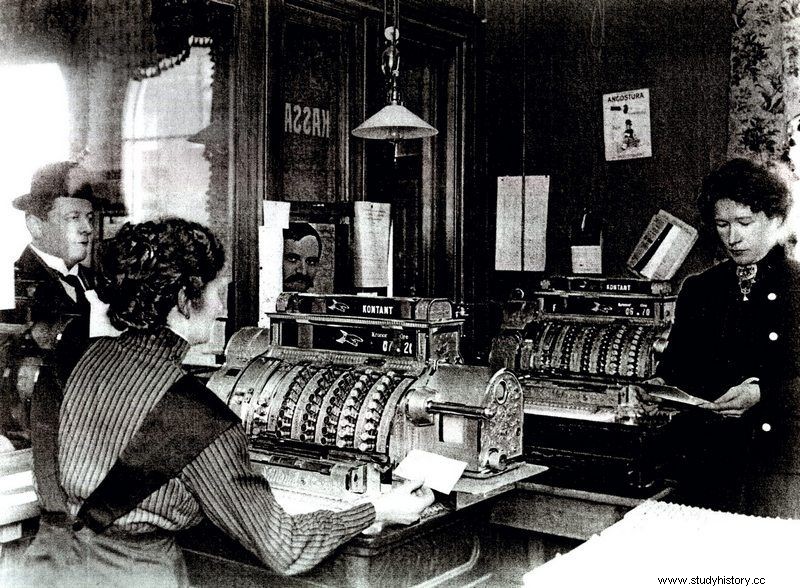Prohibition primarily brings to mind a rather unsuccessful episode in the history of the United States during the interwar period. Meanwhile, it is not overseas, but in neighboring Scandinavia, that the abstinence movement has achieved real successes. Remnants of Nordic prohibition still exist today.
The continence movement developed throughout Europe in the nineteenth and first half of the twentieth century, but nowhere seems to have proved so enduring and influential as in the Nordic countries. The first abstinence society in this region was founded in 1819 in Växjö, Sweden. Others grew and spread like mushrooms after rain. These included conservative landowners, doctors, urban social activists, Scandinavian suffragists, and workers activists.
In 1900, every second Swedish parliamentarian considered himself abstinent. In 1911 - six years earlier than in the United States! - a government commission was established to prepare a bill on prohibition. Although the supporters of abstinence failed in a national referendum, it was a literal loss:49.3% to 50.7% votes.

This is how alcohol was sold in Växjö a century after the Swedish abstinence movement began in this city (source:public domain).
Eventually, partial prohibition, the so-called Bratt system, was introduced, named after the physician Ivar Bratt. According to it, the weekly limit of alcohol consumption per person was set at 1 liter. Each adult Swede received the so-called motbok, where an entry was made with each purchase of an alcoholic beverage. In order not to make any machinations, alcohol was forbidden to be sold anywhere except the state monopoly - Systembolaget.

"Payday evening. Vote for yes! " Swedish poster urging to support prohibition in the referendum.
It was easier in Finland than in Sweden. There, a total ban on alcohol consumption was established as early as 1906, and it came into force after independence in 1919. Contrary to the Poles, the Finns did not have the opportunity to fail their national victory. Icelanders also introduced prohibition, and they were the first in the Scandinavian countries. The relevant referendum was held in 1908 and the ban took effect in 1915.
How did the case end? In Finland, total prohibition had the same effect as in the United States. Unable to combat smuggling, the government lifted the alcohol ban in 1932 - a few months earlier than in America. It's just that the regulations were loosened only with regard to city residents. In the countryside, alcohol was banned until 1968. An even bigger curiosity has survived in Iceland. Although full prohibition was in force on the island until 1933, the ban on beer consumption was lifted only ... in March 1989!

The article is based mainly on the book "History of the states and nations of the Baltic Sea" published by PWN in 2007.
Perhaps the greatest success of partial prohibition was in Sweden. Although the Bratt system was abolished in 1955, alcohol is still sold exclusively through Systembolaget to this day. Sweden followed suit by Finland, where all beverages with an alcohol content above 4.8% can now only be purchased at state points of sale.
See also
- There was also prohibition in Poland
- Korea, Americans and a slight misjudgment of the situation ...
- Dollars, light morals and the Cuban revolution. Prostitution in PRL Warsaw
- The French were ready to die for Gdańsk after all?
- Vetting in the Second Polish Republic?
- The anti-bourgeois pigeon:the secret weapon of Polish communists!
